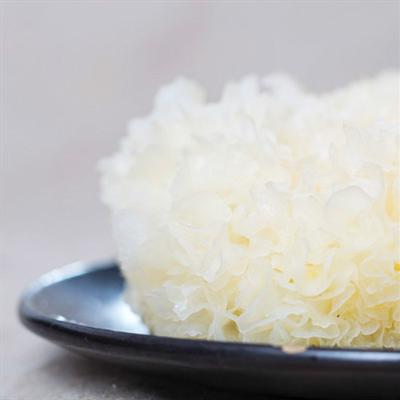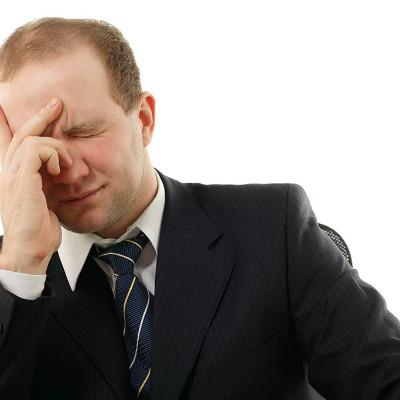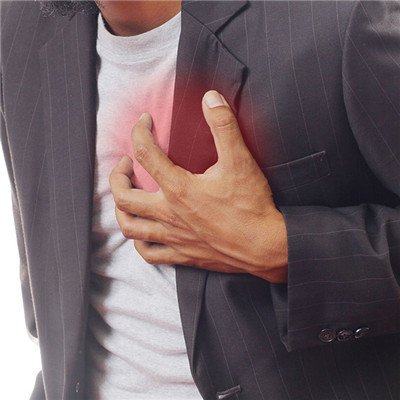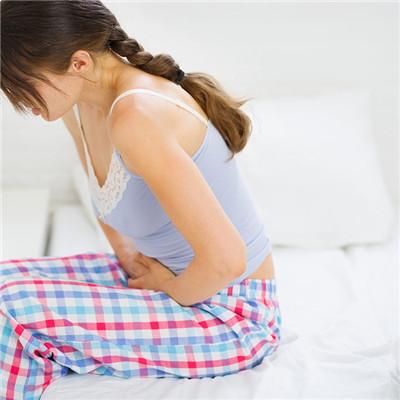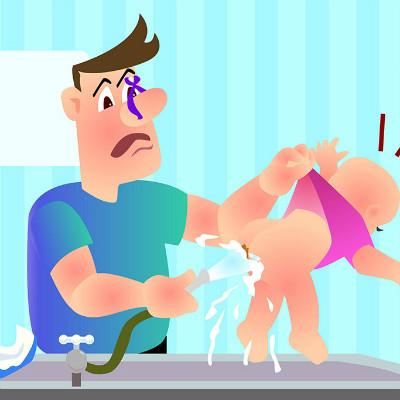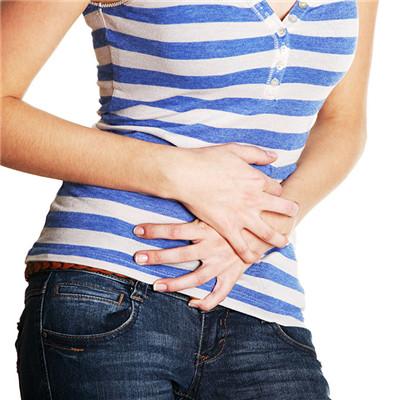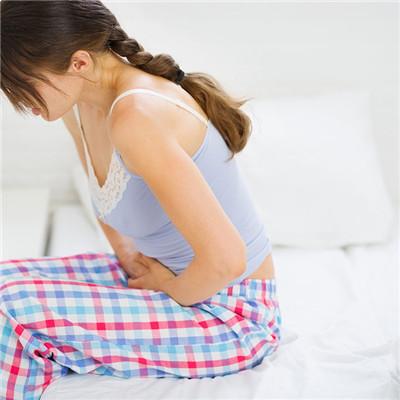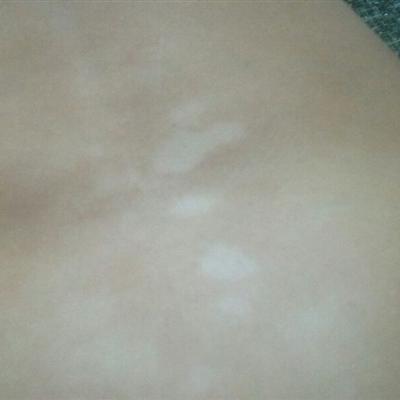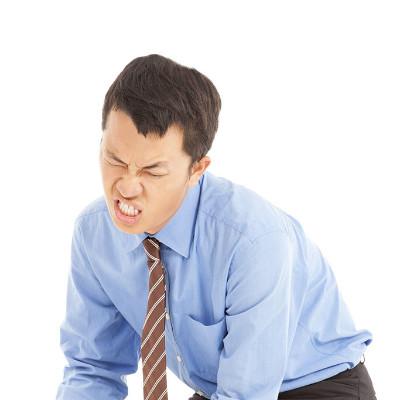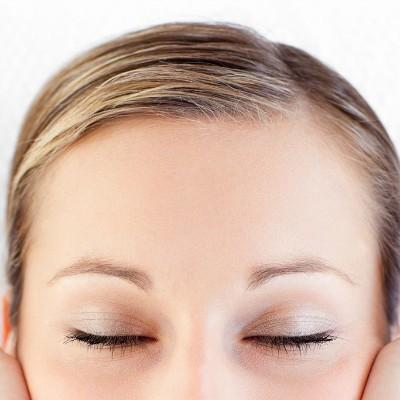What symptom can got lumbar disease have?
summary
Lumbar spondylosis is a common disease in winter. Many patients feel worse in winter, and because of the weather, patients do not pay attention to cleaning personal hygiene, plus some patients do not pay attention to or lack of professional knowledge, leading to more difficult treatment. What symptom can got lumbar disease have? Next, I'd like to share my views with you.
What symptom can got lumbar disease have?
First: lower limb radiating pain: the main symptom of the disease is radiating pain in the sciatic nerve area of one side of the lower limb, which often appears when the low back pain disappears or alleviates. The pain starts from the buttocks, gradually radiates to the back of the thigh and the outside of the leg, and some can develop to the outside of the dorsum of the foot, the heel or the palm of the foot, affecting standing and walking.
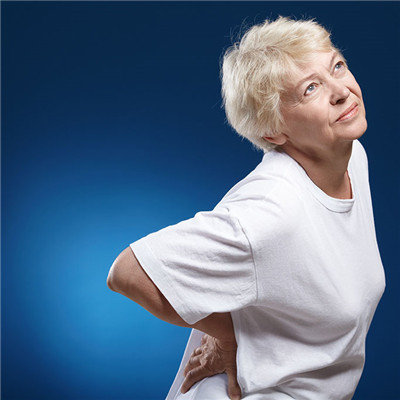
Second: lumbar movement disorder: lumbar movement is affected in all aspects, especially hind extension disorder. A few patients were limited in flexion. The degree of low back pain is different, and it can affect turning over and sitting up. After the general rest symptoms, cough, sneezing or defecation when forced, can make the pain worse.
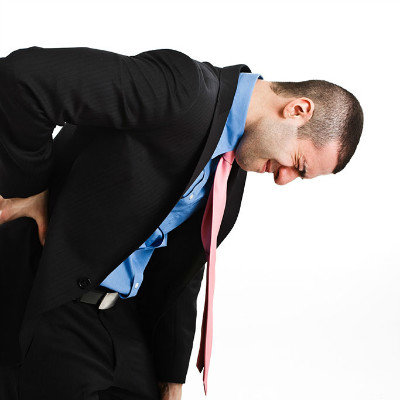
Thirdly, the temperature of the affected limb decreased: many patients felt cool in the affected limb. Objective examination showed that the temperature of the affected limb was lower than that of the healthy side; In some cases, the pulsation of dorsalis pedis artery is also weak, which is due to the stimulation of sympathetic nerve. It should be differentiated from embolic arteritis.

matters needing attention
(1) Waist protection: the bed should be soft and hard moderate, avoid the bed too hard or too soft, so that the lumbar muscle get full rest; Avoid the invasion of wind, cold and dampness on the waist, avoid the waist in a position for a long time, muscle imbalance, resulting in lumbar strain( 2) Correct use of the waist: squat down first when lifting heavy objects, change the posture of the waist when using the waist for a long time, and do more waist activities to prevent gradual strain. When using the waist excessively due to the nature of work or slight strain has occurred, further aggravation of the strain and eventually lumbar degeneration should be avoided.
